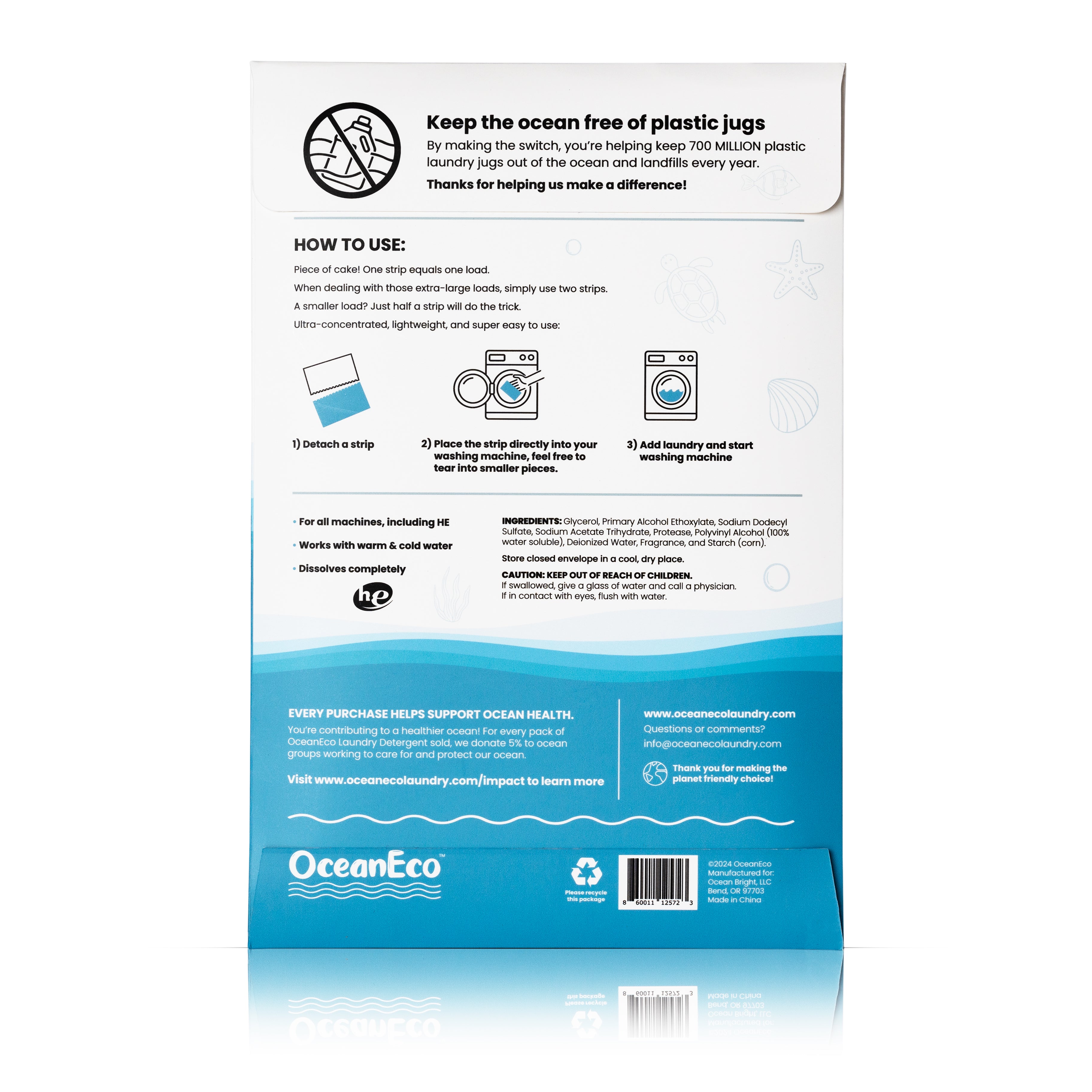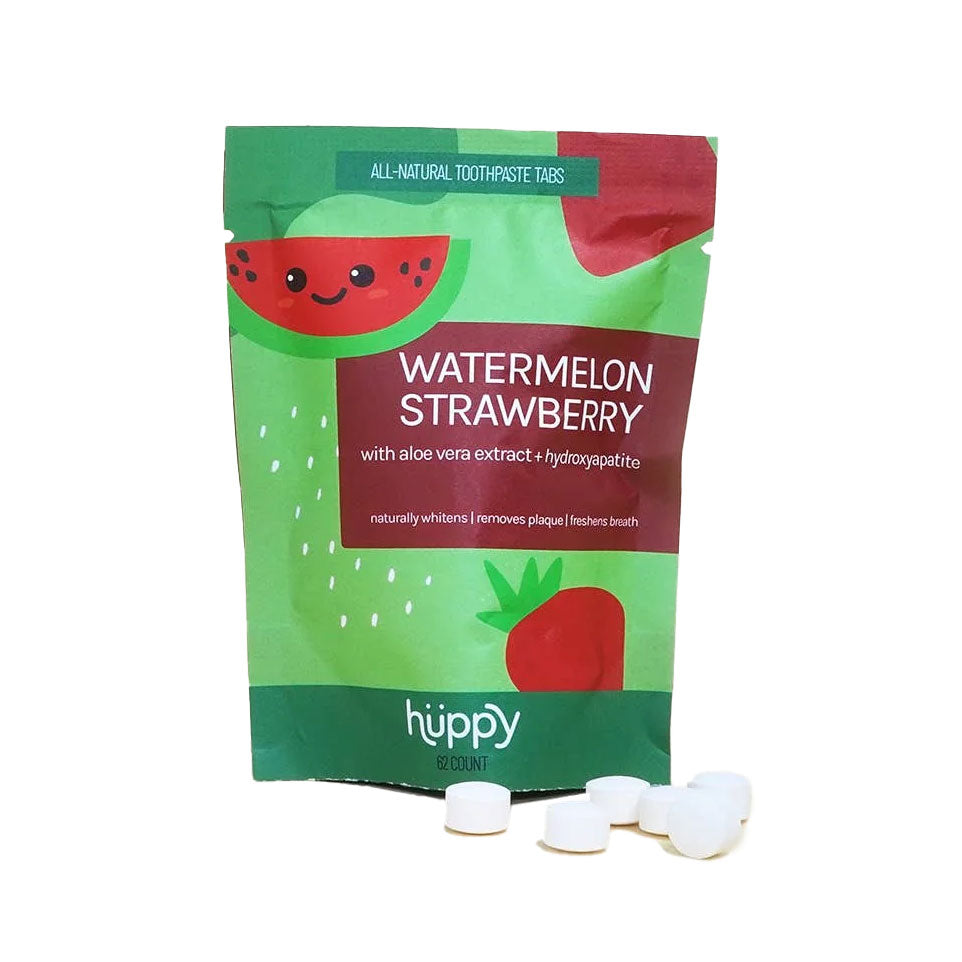Unseen Forces Drive the Mixing of Earth’s Largest Oceans
The Atlantic and Pacific Oceans, Earth’s two largest water bodies, come together at a well-defined point on the planet: Cape Horn, the southernmost tip of South America. This rugged region, known for its treacherous waters and howling winds, offers one of the most visually dramatic and historically significant locations where oceanic boundaries blur.
Although oceans are named and charted with defined borders, these designations are more geographic than physical. The waters at Cape Horn continuously mix, driven by powerful currents and wind patterns that churn the seas with exceptional force. According to Live Science, this boundary is marked by the Drake Passage, a narrow and turbulent 528-mile-wide strait between South America and Antarctica.

Why the Oceans "Mix"
Contrary to popular myths circulating on social media, there is no impermeable barrier between the Atlantic and Pacific. Videos that appear to show stark lines between ocean waters often depict other phenomena, such as sediment-laden river water entering the sea. For example, a viral video purported to show the oceans meeting but was later confirmed to feature the Fraser River plume in Canada, as reported by USA Today.
NASA oceanographer Josh Willis explained that global currents, including the "ocean conveyor belt," ensure that waters mix on vast scales.
At Cape Horn, ocean currents collide dramatically. The Pacific Ocean’s less saline, rain-fed waters meet the saltier Atlantic, creating differences in density that can result in visible surface effects. This mixing process is further intensified by strong winds and waves, which, according to HowStuffWorks, make this one of the most dynamic oceanic regions in the world.

The Drake Passage: A Natural Blender
The Drake Passage is a hotspot for oceanic turbulence. The Antarctic Circumpolar Current, a band of water encircling the globe, funnels through this bottleneck, blending waters from the Pacific and Atlantic with unmatched vigor. The powerful mixing of waters in the Drake Passage is due to the narrow channel and the stark temperature differences between polar and subpolar waters, noted Australis.
Beyond surface mixing, interactions occur at greater depths. Tides drag water across the rugged seafloor, creating turbulence that promotes mixing throughout the water column. Oceanographer Casimir de Lavergne told Live Science that these currents redistribute water and its properties globally.

Dispelling the Myths
Not all claims about the meeting of the Atlantic and Pacific withstand scrutiny. Viral videos often attribute visible waterlines to the oceans’ inability to mix. However, these phenomena are better explained by differences in salinity, temperature, or sediment. For instance, sediment-rich glacial meltwaters in the Gulf of Alaska create striking but temporary visual separations in the ocean, as noted by Science Focus.
The real story lies in how the oceans, despite their distinct characteristics, are interconnected. Surface currents, deepwater flows, and atmospheric forces ensure that no ocean is isolated. This interconnectedness shapes global climate patterns, nutrient distribution, and marine biodiversity.

Why It Matters
Understanding where and how oceans meet sheds light on the forces shaping our planet. These boundaries, though dynamic and ever-changing, are critical to ocean health and climate systems. As highlighted by HowStuffWorks, ongoing research into these processes helps scientists predict changes influenced by global warming, such as the slowing of ocean currents and its cascading effects on marine ecosystems.
Cape Horn and its turbulent waters remain a natural marvel and a reminder of the vast, interconnected nature of our oceans. From explorers navigating its perilous straits to scientists studying its dynamic currents, this region captures the power and mystery of the meeting of the seas.





























































































































































































































































































































































